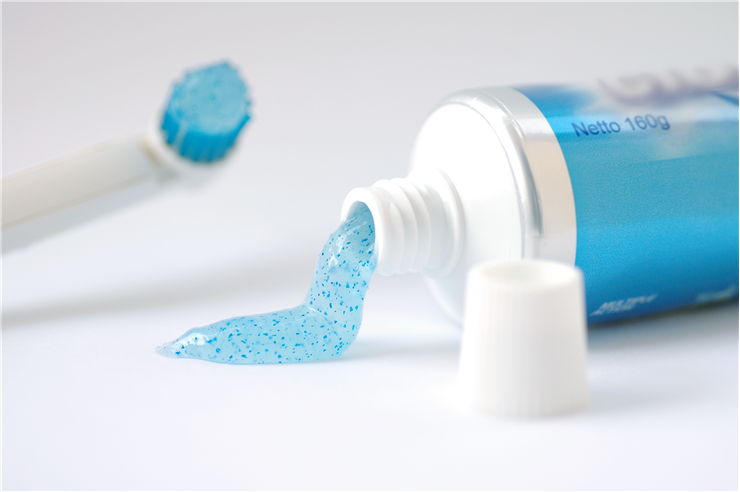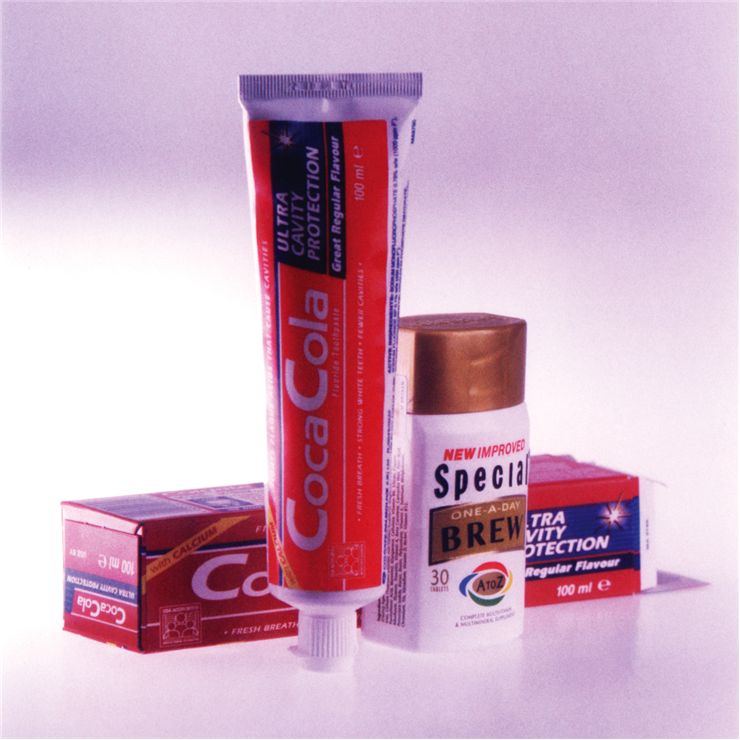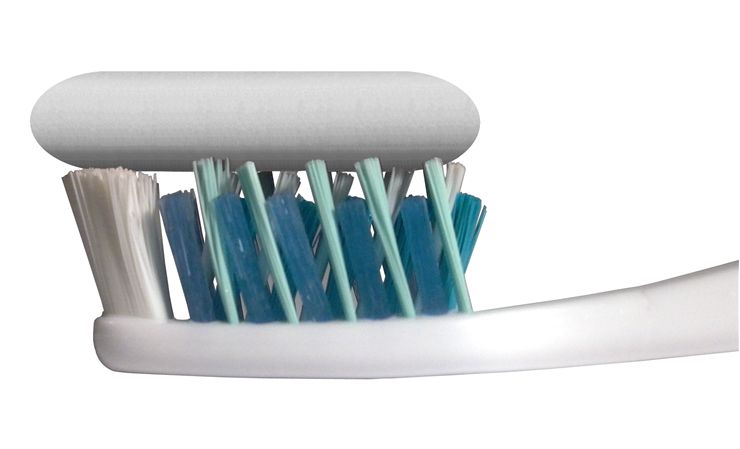Invention and History of Toothpaste and Dentifrice
Toothpaste is a type of paste or gel dentifrice. It is used with a toothbrush to clean and maintain the teeth and it helps in their aesthetics and health. It is an abrasive that helps in removing the dental plaque and food from the teeth. Most of toothpastes are made of 20–42% water and three main ingredients: abrasives, fluoride, and detergents.
First dentifrices from which toothpaste originates were used in ancient Egypt some 400 years ago. They were a mixture of green lead, verdigris and incense and were applied on teeth with fingers. Early Chinese used ground fish bones for the same purpose. Ancient Greeks and Romans made an improved variant of toothpaste by adding abrasives such are crushed bones and oyster shells. Arabs used fine sand and pumice in the Middle Ages but found out that it was too abrasive and it harmed the enamel of the teeth. Europeans used strong acids and table salt to clean teeth. In the 9th century, in Islamic Spain, the Arab polymath Ziryab invented a type of toothpaste that was said to be "functional and pleasant to taste" but its recipe is lost to time.
Modern toothpaste appeared in 18th century and at first was homemade. Some had burnt bread as an ingredient while other had dragon's blood (a type of bright red resin that can be made from from some types of plants), cinnamon, and burnt alum.
A paste made of hydrogen peroxide and baking soda was used until the beginning of the 20th century. At the beginning, main concurrent of toothpaste was tooth powder which was mostly homemade and had chalk, pulverized brick, or salt as ingredients. Toothpaste surpassed the powder in popularity at the time of World War I. The first toothpastes in collapsible tubes were manufactured by Doctor Washington Sheffield of New London in 1892 and were called Dr. Sheffield's Creme Dentifrice. These collapsible toothpaste tubes were made of lead which, we know, is poisonous.
In the 1890s, fluoride was first added to toothpastes to prevent tooth decay. The first such toothpaste was "Tanagra" and was sold by Karl F. Toellner Company, of Bremen, Germany and was invented by chemist Albert Deninger. Roy Cross, of Kansas City, Mo., also made fluoride toothpaste in 1937, but his invention was criticized by the American Dental Association (ADA). In 1950s ADA's approves production of fluoride toothpastes. It was made by Procter & Gamble's after years of research and was called Crest.
In 2006 appeared the first toothpaste which containing synthetic hydroxylapatite. It replaced the fluoride and it remineralized and repaired the tooth enamel. It works by creating a new layer of synthetic enamel around the tooth instead of hardening the existing layer. In 1955, Leonard Lawrence Marraffino invented striped toothpaste. Patent was sold to Unilever, which started selling it under the name Stripe in 1960s. In June 2007, appeared at the market certain brands of toothpaste manufactured in China that contained poisonous diethylene glycol and US Food and Drug Administration and similar agencies in Panama, Puerto Rico and Australia advised consumers to avoid them.




